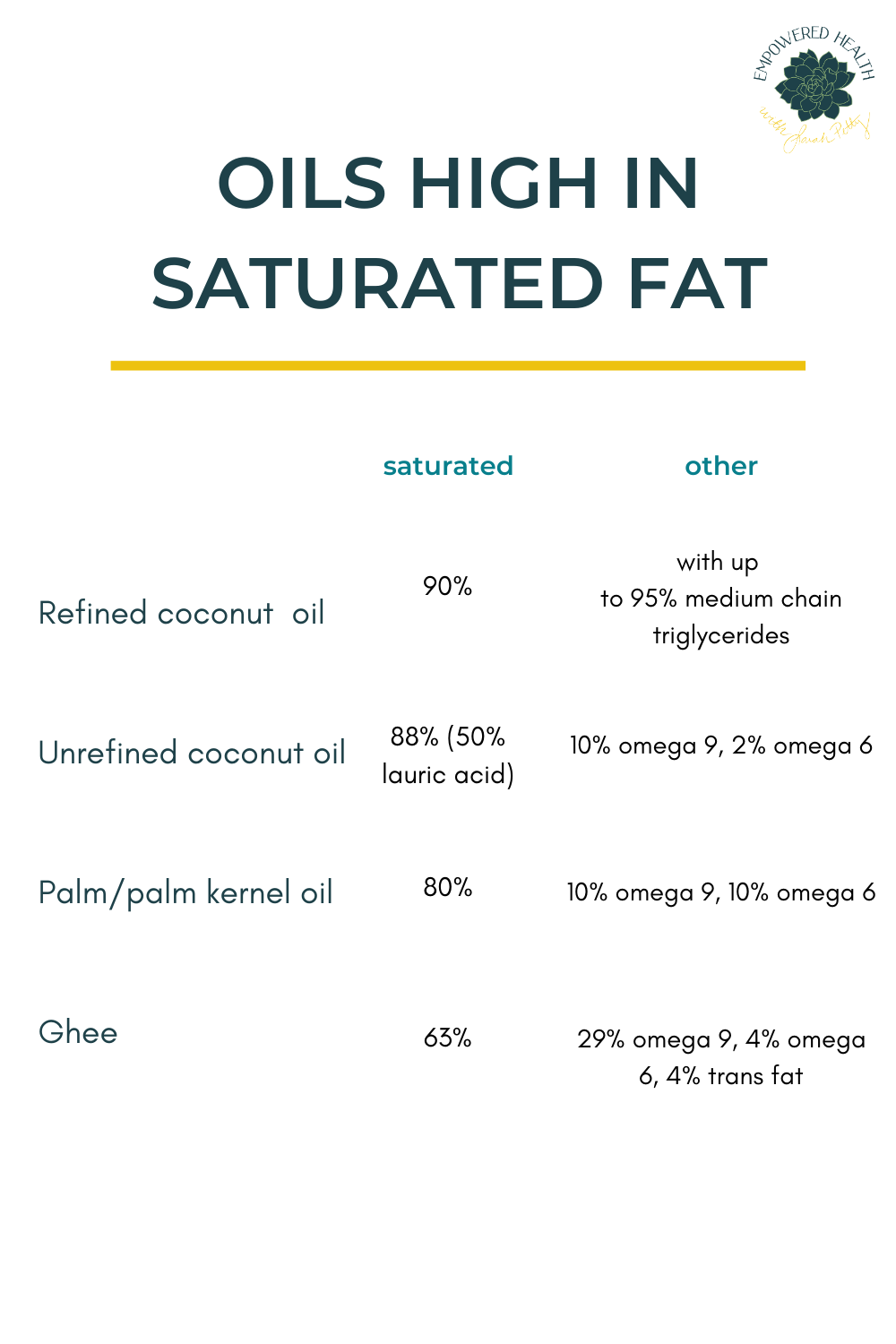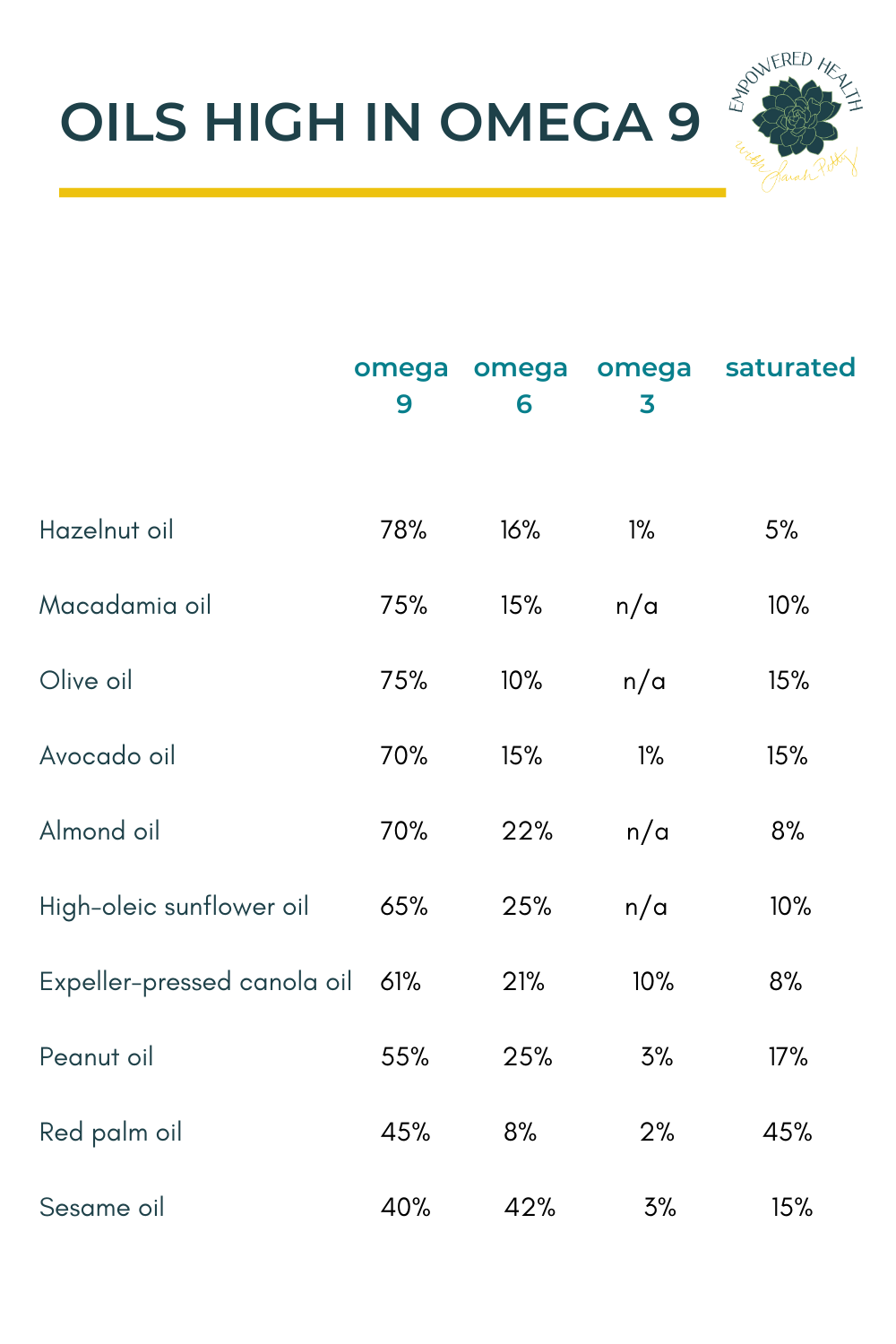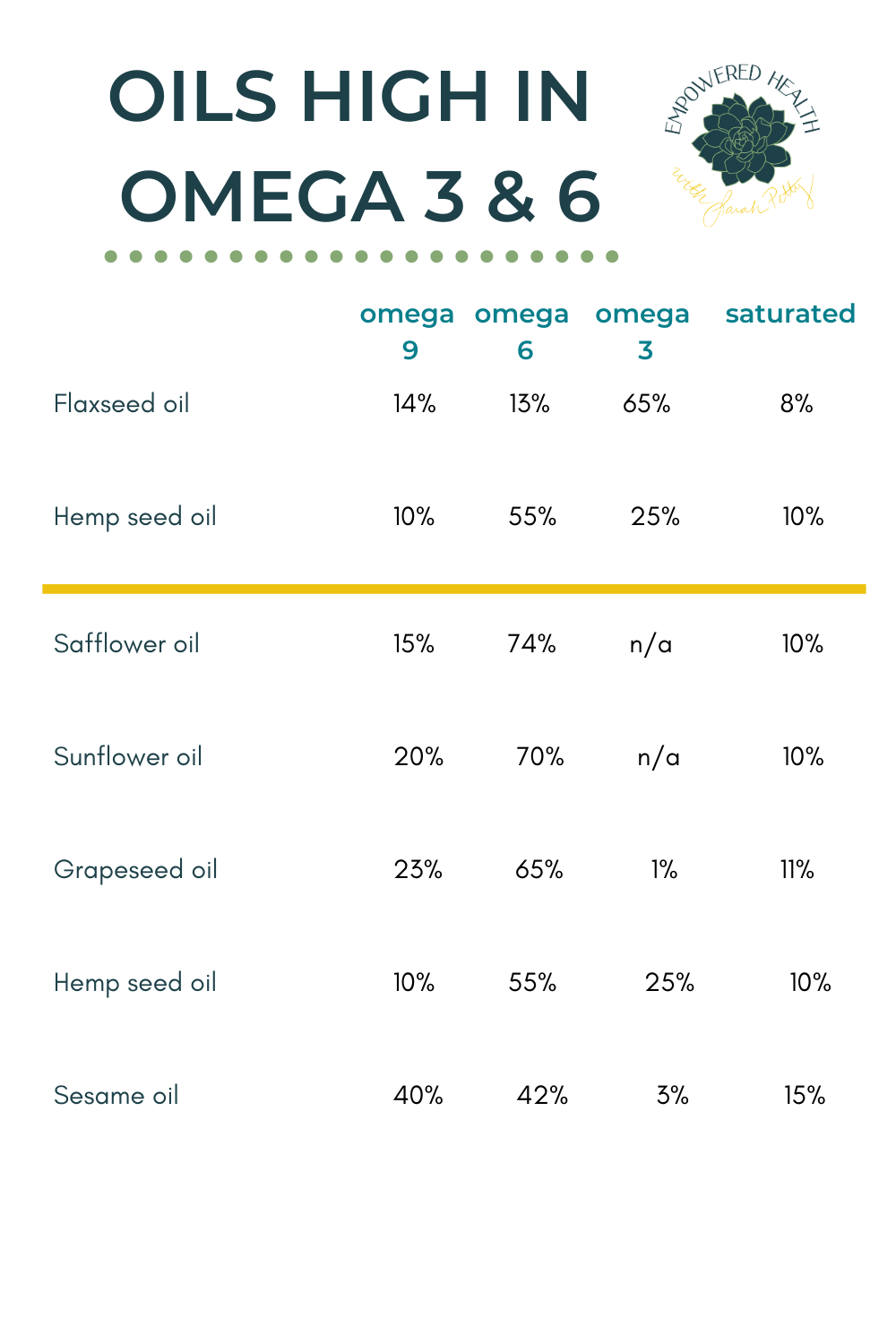HOW TO CHOOSE A COOKING OIL
SO…IT’S TIME TO COOK SOME VEGGIES.
You want to stir-fry, roast, or sauté them, and you need a bit of oil to get the desired texture and flavor.
But which one do you pick?
Here’s a guide to choosing an oil, based on 3 essential concepts (in order of importance): temperature, nutrition, and flavor profile.
1) Temperature
Every cooking oil has a specific smoke point. The smoke point is the temperature at which the oil begins to brake down into fatty acids and glycerol, leading to a smoky byproduct that seems to find every distant smoke alarm no matter how careful you’ve been.
At this point, significantly more toxic fumes (polycyclic aromatic hydrocarbons and heterocyclic compounds) are emitted, and you inhale them if you’re standing over the stove. These molecules are carcinogenic and mutagenic, meaning that they promote the development of mutated and potentially cancerous cells. Repeated exposure to these fumes increases risk for rhinitis, pneumonia, and respiratory cancer, which is why proper overhead ventilation is a good idea. Also, cooking iwht oil this hot can cause a fire, which is why your smoke alarm likes to go off when you’ve got a fumey kitchen.
Fortunately, we have information from scientific research to tell us how high the oil can be heated before it gets to the smoke point. In general, more refined oils have higher smoke points because impurities and variations in fatty acids have been removed. Be aware that the oil’s smoke point is reduced the longer it is heated or if any food particles contaminate it, so you’ll need to keep an eye on the third batch of Brussels sprouts if you’ve cooked it in the same oil.
SMOKE POINTS (in °F)
(click on each point to read the full name of the oil)
In order to know what oil you should use for cooking, take a look at the list of cooking method temps below, and then choose any oil that has a smoke point above the temperature of the cooking method you’ve chosen.
TYPICAL COOKING TEMPERATURES
Pan searing: 500°F
Baking: 325-425 °F (depending on food density)
Frying: 325-375 °F
Sauté on stove: 300-320 °F
Pressure cooker: 250°F
Boiling/simmering: 212°F or just below
2) Nutrition Facts
Cooking oils are pure fat. That shouldn't scare you, because your brain is almost 60% fat and needs specific types of fat to function. It makes sense, then, that the types of fat you eat have a huge impact on your health. I often discuss fat quality with my clients because it lends itself to so many health improvements!
Some knowledgable souls will be disgruntled that I think temperature is the most important aspect of choosing a cooking oil. The truth is fat quality is very important, but it won’t matter how nutritious it is if you burn it.
MAIN TYPES OF FAT IN COOKING OILS
Omega 3
Omega 6
Omega 9
Saturated fat
These fats are categories, and each category has one or more type of fatty acids. If you see names like stearic acid, palmitic acid, or oleic acid on a food label, know that those are just subcategories of these major types of fats.
Omega 3 fatty acids
These are essential fatty acids, meaning the body does not produce them and you must get them through food or supplementation.
Omega 3 fatty acids are necessary for nervous system formation and function, which is why DHA supplements are recommended for prenatal health. Many omega 3s reduce inflammation in joints, improve metabolic function, and prevent autoimmune disease by optimizing the immune system.
Omega 6 fatty acids
Omega 6 fatty acids support tissue growth and cellular repair, and modulate inflammation. Omega 6s are also essential fatty acids, and the body requires a moderate amount to function normally.
Your brain and other organs work best when the ratio of omega 6 to omega 3 fatty acids in red blood cells is 4:1 or lower. North Americans tend to have a 20:1 ratio (or higher!), which is associated with inflammatory conditions such as cancer, rheumatoid arthritis, and asthma. If you would like to improve your own 6:3 ratio, choose oils with higher omega 3 content.
Omega 9 fatty acids
Omega 9 fatty acids are an important fat source for overall health. They raise HDL cholesterol, lower, LDL, reduce joint inflammation, support immune function, and decrease risk of breast cancer.
Oils that are primarily monounsaturated fats also tend to have high amounts of vitamin E. You may want to choose oils high in omega 9 if you are concerned about any of these issues.
Saturated fatty acids
Saturated fats are components of hormones, line cell membranes and support cellular signaling, and regulate immune function. While scientific studies are controversial, it seems that genetics plays a large role in determining how your body reacts to saturated fats.
Saturated fat is necessary and should not be vilified. However, you need more mono- and polyunsaturated fats for optimal health, so use saturated fats as a “side dish” fat rather than a main ingredient.
Unfortunately, the oils used in commercially prepared food are often the least nutritious. If you eat anything fast-casual, shelf-stable, or deep fried, it was likely cooked in refined or hydrogenated oils that are high in omega 6 fats and/or trans fats.
Hydrogenation can’t happen in home cooking, so it’s nothing you have to worry about when selecting oils. However, you should know that many vegetable oils used in commercial cooking have been partially hydrogenated to improve stability, and become trans fats. Trans fats are not digestible, which is why eating fried food can cause diarrhea.
Higher levels of polyunsaturated fats (omega 6 and omega 3) indicate more rapid oxidation, which is why oils with more polyunsaturated fats have lower smoke points. Monounsaturated fats (omega 9) are much more resistant to oxidation, which is why oils primarily made of monounsaturated fats have higher smoke points.
Use the list below to choose oils with the best omega 3 content in comparison to omega 6. Keep in mind that some of these oils have very little omega 3 or 6, but the ratio is pretty good.
TOTAL FATTY ACID PROFILE (APPROXIMATE)
Here’s the total fat profile of each oil so you can see their strengths:



3)Flavor Profile
Once you’ve eliminated unsafe or less nutritious cooking oils, there are usually still several options to choose from. This is the fun part! You can select whichever oil tastes best to you, or whichever one coordinates best with your recipe. I’ve provided a few examples below, but let your imagination run wild.
What flavor goes best?
Light sesame oil is stable for pepper and onion stir-fry, and is delicious as a drizzle on a cabbage and bell pepper salad. Toasted sesame oil makes a lovely flavor addition to broth-based soups.
Avocado oil is perfect for frying latkes, sweet potato fries, and coconut-fried chicken or fish. It also tastes delicious in homemade mayonnaise.
Olive oil makes a delicious vinaigrette dressing, and is also excellent drizzled on roasted potatoes with rosemary or used with sea salt to coat popcorn.
Hemp seed oil can be subbed for olive oil in pesto if you want to increase the omega 3 content, and mixes well with all things chocolate.
Ghee can be used anywhere you can use butter! It’s delicious with cinnamon on roasted acorn squash or as a fat to scramble or fry eggs.
Red palm oil makes a tasty base for fish stew or mango chicken, and its rich color adds a touch of the dramatic to sauces and dressings.
Flax seed oil can be added to smoothies and smoothie bowls, raw chocolate truffles, and salad dressings.
Hopefully, you now have plenty of information so you can choose the cooking oil that is best for your recipe and health needs. If not, feel free to ask below.
Now get to cooking!







